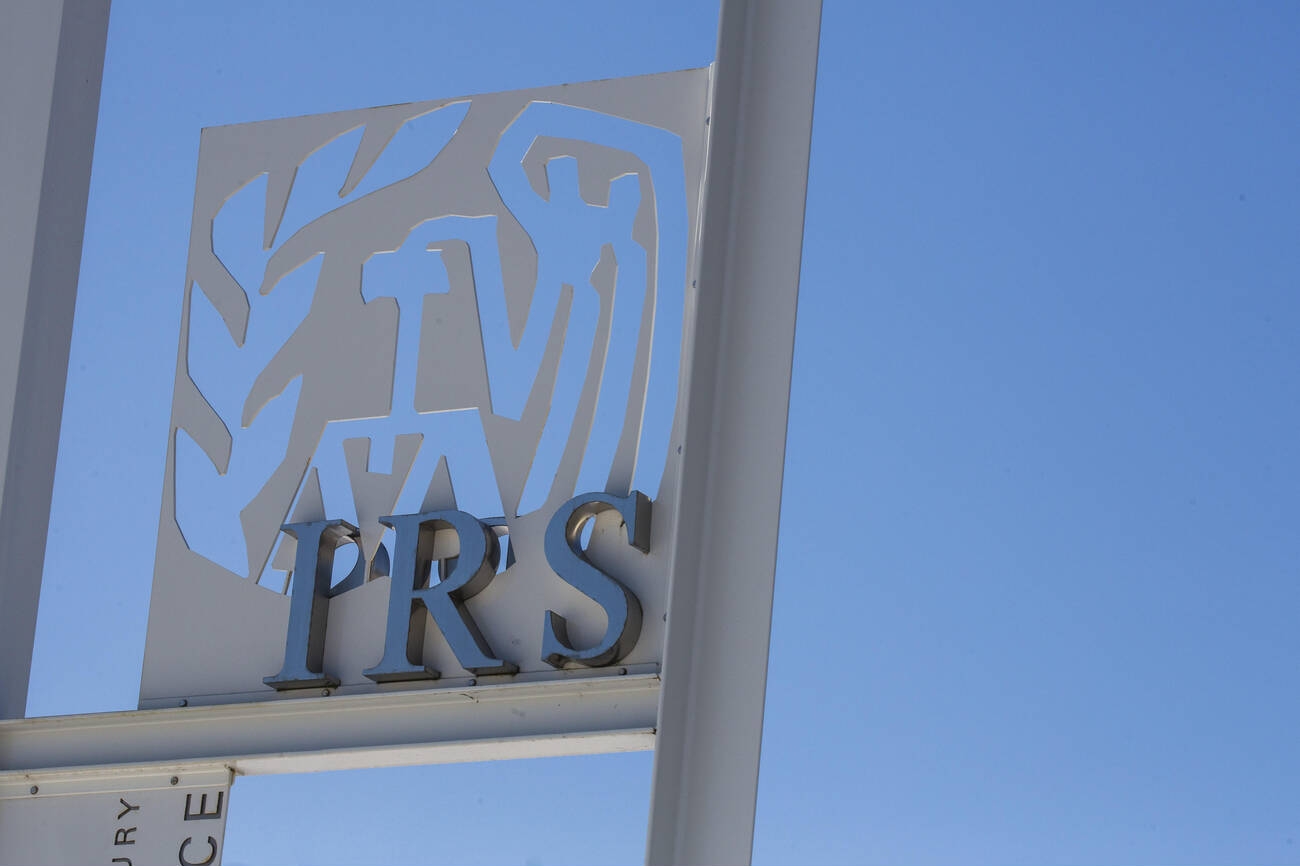[This is part of a special series about year-end tax planning and preparation.]
In the usual case, the tried-and-true tax strategy at the end of the year is to pull deductions into the current year and push income into the following year. And, for the most part, it still makes sense. But now there’s a few extra tax wrinkles to contend with.
Case in point: Itemized deductions claimed by high-income taxpayers may be reduced by the so-called “Pease rule.” This special tax law provision, which was gradually phased out prior to 2010, was revived in 2013 and will continue to be a thorn in the side of some clients.
Let’s start with this basic premise. Normally, you can use the full amount of your itemized deductions to offset the taxable income on your tax return, thereby lowering your overall tax liability. However, under the Pease rule (named after the Ohio Congressman who sponsored the legislative provision on its initial go-round), certain itemized deductions are reduced by 3% of the amount above an annual threshold. For 2014, the threshold is $254,200 of AGI for single filers and $305,050 for joint filers.
Suppose a joint filer in 2014 has an excess AGI of $200,000 with $50,000 of itemized deductions that are covered by the Pease rule. The couple’s itemized deductions are thus reduced by $6,000 (3% of the $200,000 excess AGI), so they can deduct only $44,000, instead of $50,000. Note that the 80% limit comes into play for only the wealthiest of taxpayers.
Generally, the Pease rule applies to those itemized deductions not affected by some other built-in tax return limit or floor, including several big-ticket items like deductions for charitable contributions, state and local tax deductions and mortgage interest. Conversely, the limit doesn’t apply to medical and dental expenses, investment interest expenses and casualty and theft losses. Key exception: Although a 2%-of-AGI floor applies to miscellaneous expenses, this deduction is still covered by the Pease rule.
The Pease rule may force taxpayers to rethink their tax planning strategies at the end of the year. For instance, say that a taxpayer is contemplating a large gift of property to charity. If the deduction will be reduced by the Pease rule, the taxpayer might postpone the gift until 2015, especially if it appears that he or she won’t be affected by the Pease rule next year.
Similarly, an increase in AGI at the end of the year may have an adverse tax impact on itemized deductions. If a taxpayer has already made substantial charitable gifts in 2014, he or she might seek to postpone taxable income items to keep AGI at a manageable level. One possibility is to defer year-end bonuses to 2015 if the taxpayer is able to time such payouts.
Bottom line: Every situation is different. When upper-income clients are in danger of triggering the Pease rule, schedule a meeting to determine the optimal approach for maximizing deductions.
Thanks for reading CPA Practice Advisor!
Subscribe Already registered? Log In
Need more information? Read the FAQs
Tags: Income Tax, IRS, Tax Planning





